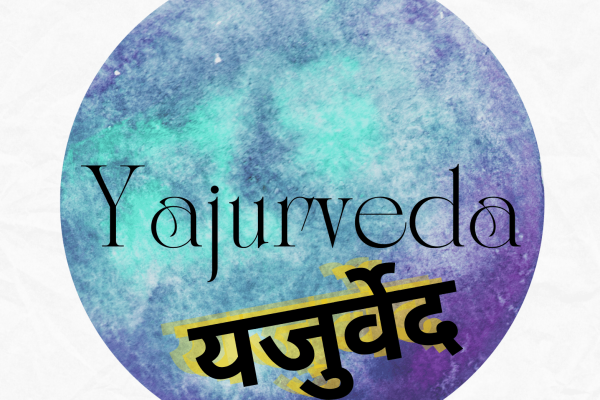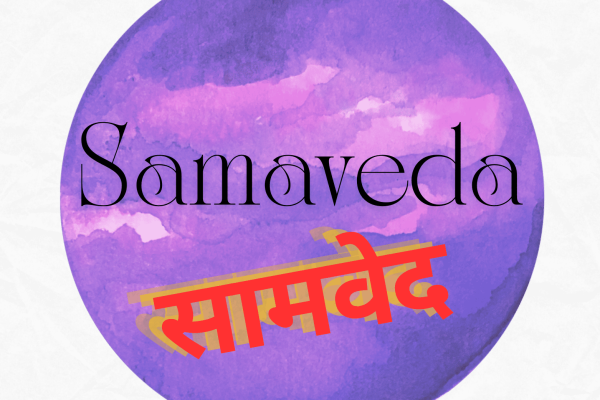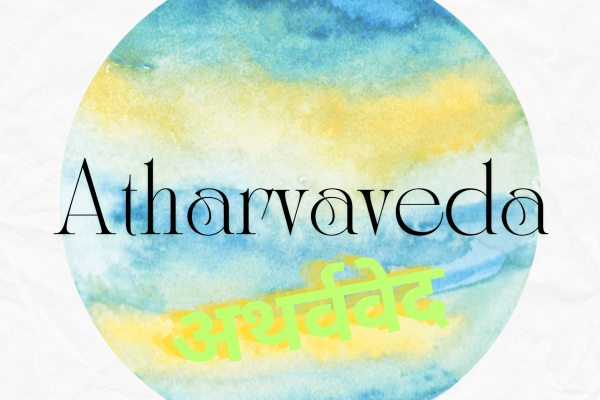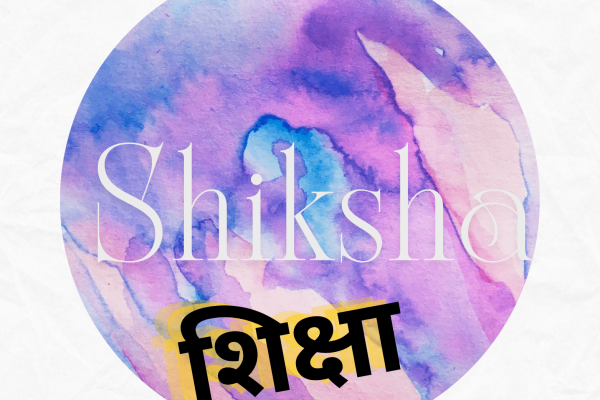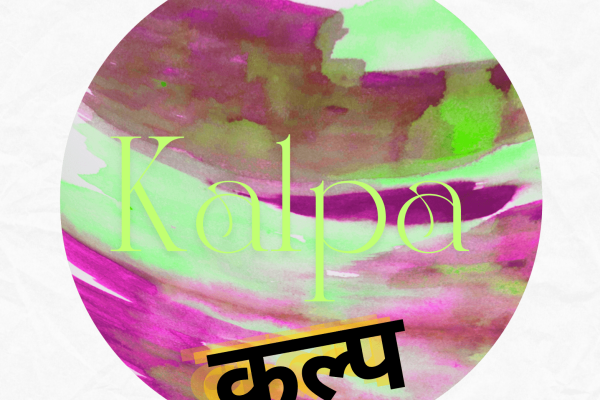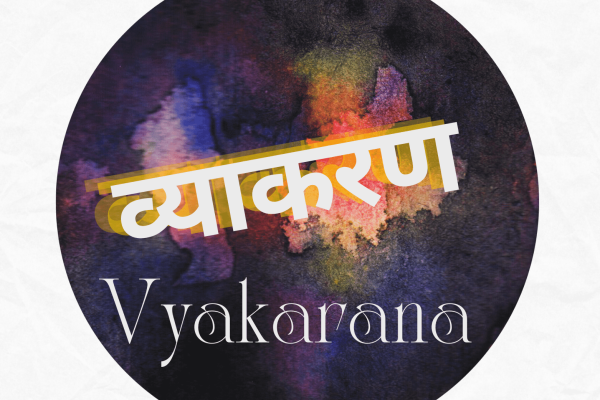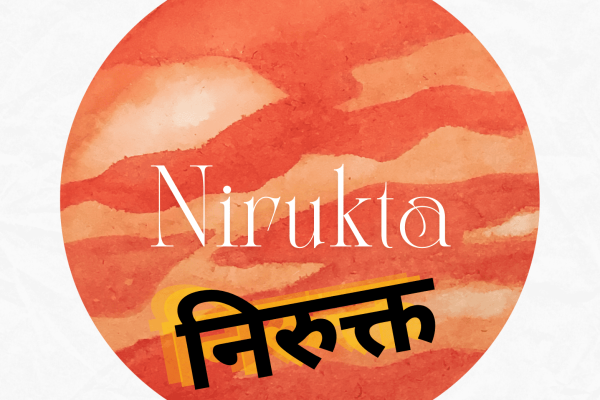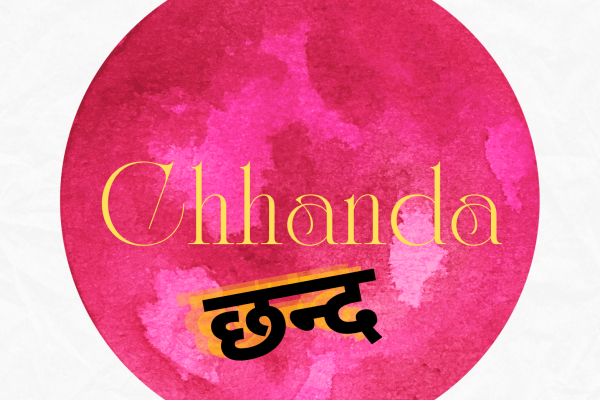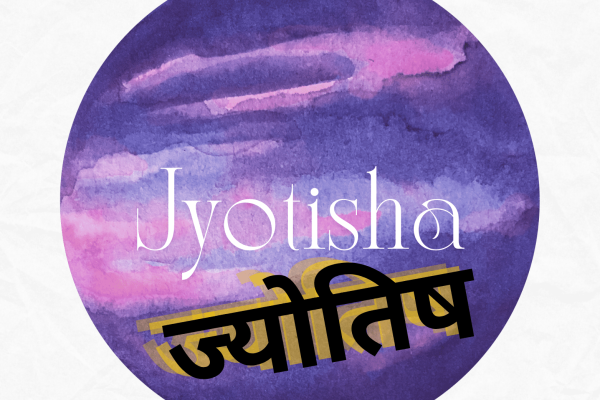Course Catalog


(षड्वेदाङ्गानि)
The Shad Vedangas are six auxiliary disciplines that developed in ancient times to aid the study and understanding of the Vedas. They are considered “limbs of the Vedas” as they provide the necessary tools and knowledge to correctly interpret and apply the Vedic teachings.


Jyotisha (Astronomy/Astrology)
भारतीय काल गणना
भारतीय काल गणना की गहराई में: चक्रीय समय और ब्रह्मांडीय चक्र
प्रतिभागियों को भारतीय ज्योतिष और खगोल विज्ञान के आधार पर समय मापन की प्राचीन और जटिल प्रणाली, विशेष रूप से चक्रीय समय की अवधारणा और ब्रह्मांडीय चक्रों के बारे में गहन ज्ञान प्रदान करना।
Course Description
Embark on a captivating journey into the heart of ancient Indian wisdom. Delve into the sacred texts of the Vedas, unlock the tools of interpretation with the Vedangas, and explore the rich tapestry of stories and teachings within the Puranas. This course will illuminate the profound knowledge, cultural heritage, and spiritual insights that have shaped India for millennia.
Target Audience
Spiritual seekers, students of religion, and Indology enthusiasts.
Anyone curious about the origins of Indian philosophy, mythology, and rituals.
Those interested in Sanskrit language and literature.
Yoga practitioners seeking to understand the philosophical roots of their practice.
Additional Features
Sanskrit Language Primer: Optional introductory lessons on Sanskrit grammar and vocabulary to aid in reading original texts.
Comparative Study: Explore connections and parallels between Vedic traditions and other ancient wisdom traditions (e.g., Greek philosophy, Zoroastrianism).
Project-Based Learning: Encourage students to research and present on specific topics or figures from Vedic literature.
Integrating with the Shiva Course
Offer a bundled discount for students who enroll in both courses.
Cross-promote the courses through relevant content and discussions.
Create a joint forum or discussion space for students interested in both Shiva and Vedic studies.
Course Structure
Module 1-Introduction to the Vedas
The four Vedas: Rigveda, Yajurveda, Samaveda, Atharvaveda
Origin and significance of the Vedas in Hinduism
Key concepts and themes in Vedic literature: Devas, rituals, cosmology, philosophy
Module 2: Understanding the Vedangas
The six Vedangas: Shiksha, Chandas, Vyakarana, Nirukta, Kalpa, Jyotisha
How the Vedangas aid in the correct interpretation and application of Vedic knowledge
Practical exercises in pronunciation, meter, grammar, and etymology
Module 3: Exploring the Puranas
The major Puranas: Vishnu Purana, Shiva Purana, Devi Bhagavata Purana, etc.
Themes and narratives in Puranic literature: Creation myths, genealogies of gods and kings, moral tales, and philosophical teachings
The role of Puranas in popular Hinduism and cultural traditions
Module 4: The Vedas, Vedangas, and Puranas in Modern Context
Relevance of Vedic wisdom in contemporary life
Insights from the Vedangas for language learning and cultural understanding
Influence of Puranic stories on art, literature, and popular culture
Discussions on the ongoing debates and interpretations surrounding these texts
Mahapuranas (major Puranas)
There are 18 Mahapuranas (major Puranas) in Hindu tradition, each with its own unique stories, teachings, and focus. While all are significant, here’s a brief overview of six particularly prominent Puranas:
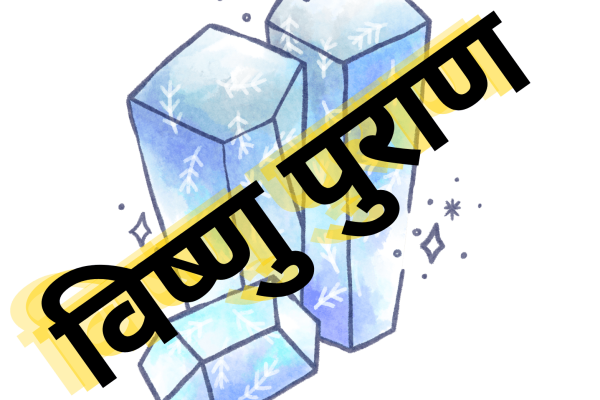

Vishnu Purana
This Purana is dedicated to Lord Vishnu and his various avatars (incarnations). It recounts the creation of the universe, genealogies of gods and kings, and stories of Vishnu’s heroic deeds. It emphasizes devotion (bhakti) to Vishnu and his role as the preserver of the universe.
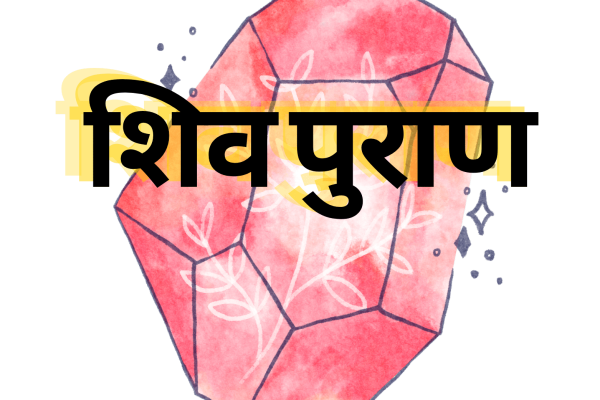

Shiva Purana
This Purana glorifies Lord Shiva, the destroyer and transformer. It delves into Shiva’s mythology, his various forms and attributes, and his role in the cosmic cycle of creation, preservation, and destruction. It emphasizes Shiva’s power, wisdom, and importance in spiritual practices like yoga and meditation.
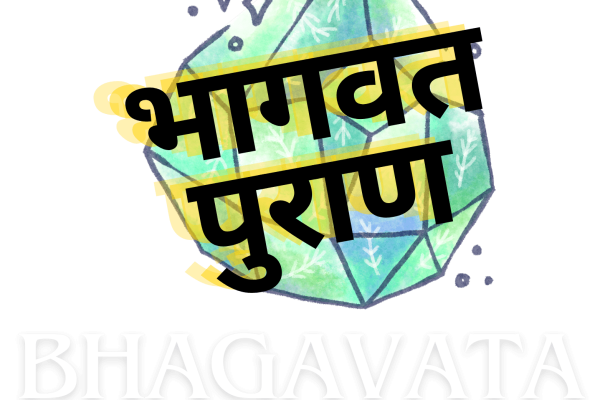

Bhagavata Purana
This Purana is considered one of the most important and popular Puranas. It focuses on Lord Krishna, an avatar of Vishnu, and his divine pastimes (leelas). It emphasizes the path of bhakti (devotion) towards Krishna and offers profound philosophical insights into the nature of reality, the soul, and the ultimate goal of life
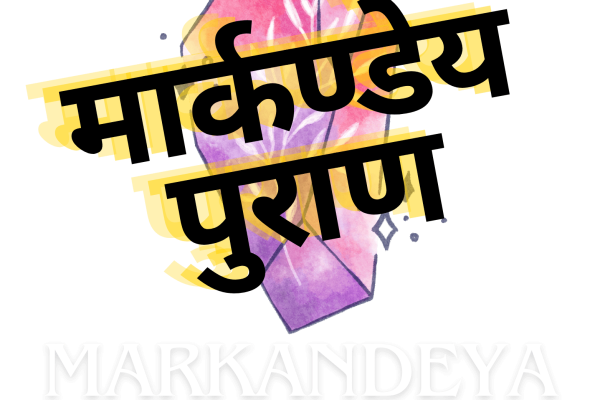

Markandeya Purana:
This Purana contains the famous Devi Mahatmya, a powerful text celebrating the goddess Durga’s victory over demonic forces. It is a significant source of inspiration for Durga Puja and Navaratri celebrations. It also contains philosophical discussions and stories related to dharma (righteousness), karma (action and consequence), and moksha (liberation)


Devi Bhagavata Purana
This Purana celebrates the Divine Mother Goddess (Devi) in her various forms, such as Durga, Parvati, Lakshmi, and Saraswati. It explores her mythology, her role as the supreme Shakti (energy), and her importance in different aspects of life, including spirituality, creativity, and knowledge.
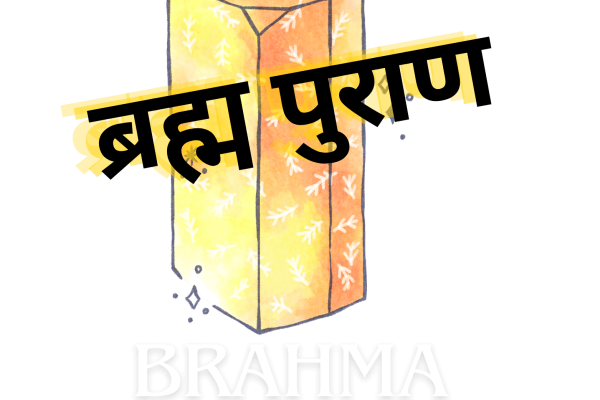

Brahma Purana
This Purana is dedicated to Lord Brahma, the creator. It describes the creation of the universe, the origin of various deities, and the importance of pilgrimage sites in India. It emphasizes the significance of rituals, moral conduct, and the pursuit of knowledge as pathways to spiritual growth.
Integrating with the Shivabodh Course
Shivbodh maintains all interactive elements of the course: live Q&A sessions, discussion forums, peer review assignments, instructor feedback, and surveys




